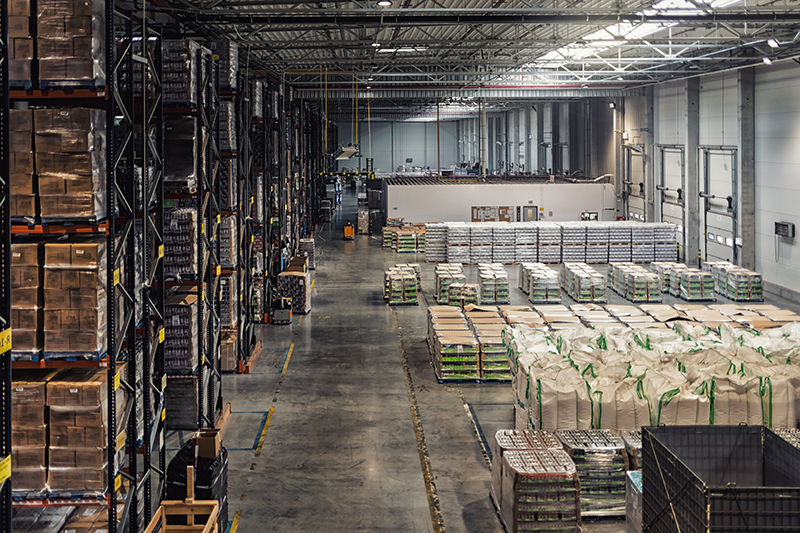Every inch of floor space in a warehouse costs money, so it’s essential to use that space efficiently to maximize productivity and minimize wasted time and resources. Below are seven strategies to optimize warehouse space utilization.
#1: Evaluate Current Practices and Identify Needs
Start by reviewing your current warehouse layout and practices to identify areas where space is underutilized. Consider factors such as inventory management, rack configuration, slotting methods, packing, shipping, and any unused areas. Conducting a thorough evaluation is key to understanding what’s working and what needs improvement. While this can be done internally, hiring a warehouse design consultant may be beneficial.
Precision Warehouse Design, with over 225 years of combined experience, specializes in improving warehouse operations for businesses. Their services can help you enhance efficiency while saving time and money. They also offer equipment, software, and other tools to support space optimization efforts.
#2: Maximize Vertical Space
Vertical space is often underutilized in warehouses. Expanding racking and shelving systems upward creates more storage capacity. However, be sure to consider height clearance, fire codes, sprinkler systems, and equipment capabilities. Forklifts must be able to safely reach the top shelves without compromising worker safety or machine performance.
#3: Install a Mezzanine
Mezzanines add an elevated platform within the warehouse, creating additional space for storage, offices, or production lines. While mezzanines can be a larger investment, they provide a practical solution for maximizing space. Many mezzanine systems offer configurations with specialty add-ons like safety gates and pick modules for added flexibility.
#4: Reduce Aisle Widths
Aisle widths often vary depending on the equipment used. Reducing wide aisles (typically 10-13 feet) can free up over 20% of the floor space. However, it’s essential to ensure that your handling equipment can maneuver within the narrower aisles. Depending on the size reduction, you may need specialized reach trucks or forklifts to maintain operational efficiency.
Reducing aisle space can provide significant space savings but must be done without hindering equipment movement or worker productivity.
#5: Optimize Slot Sizes
Adjust slot sizes to better match the size and sales volume of items stored. Designating specific areas for high-inventory items can free up space and eliminate the need for overstock storage. Additionally, ensure you have flexible storage solutions and appropriate containers for odd-shaped or bulky items to maximize your available space.
#6: Cross-Docking
Cross-docking involves moving products directly from the supplier to the customer without storing them in the warehouse. This reduces the need for storage space and minimizes handling, shipping, and labor costs.
#7: Analyze Shipping and Supply Practices
Review your shipping and supply practices to identify potential improvements. Overstocking caused by poor inventory management can take up valuable space. Adjusting inventory levels based on sales patterns and using off-site locations for surplus inventory can free up space in your main facility. Cross-docking or dropshipping may also reduce the need for storage space, as these methods focus on direct delivery to customers.
Dropshipping, similar to cross-docking, eliminates the need for warehouse storage by shifting the delivery responsibility to the supplier, allowing the company to focus on facilitating sales without holding inventory.

